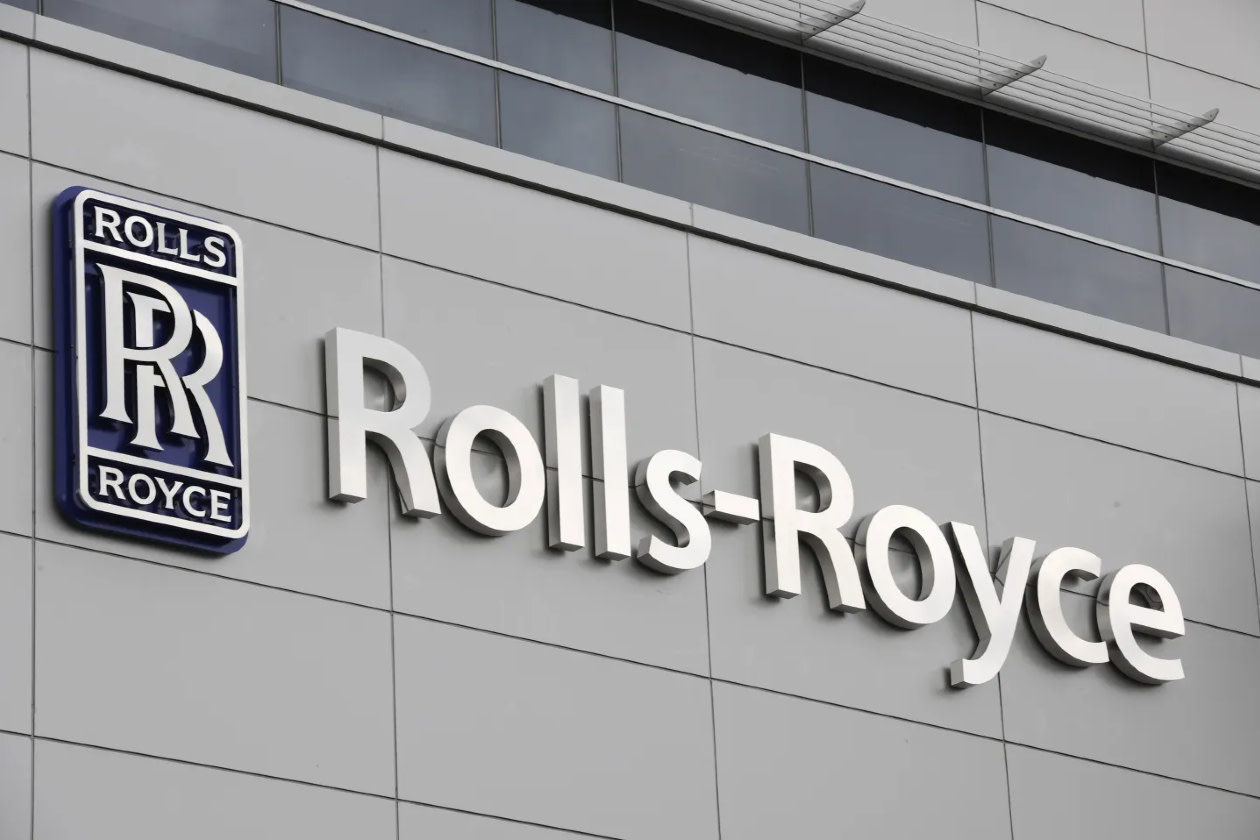Rolls-Royce’s first-half underlying revenue rose 18% to £8.2bn. The rise was fuelled by double-digit growth in both its Civil Aerospace and Defence divisions.
Underlying operating profit jumped by 71% to £1.1bn. The uplift was largely driven by higher margins in Civil Aerospace, which benefitted from efficiencies, contract improvements and increased volumes.
Underlying free cash flow grew from £0.4bn to £1.2bn. Net debt has improved from £2.0bn to £0.8bn since the beginning of the year.
Full-year guidance has been upgraded. Underlying operating profits are now expected to be between £2.1-2.3bn (previously £1.7-2.0bn) and free cash flow is set to land between £2.1-2.2bn (previously £1.7-1.9bn).
Dividends have been reinstated, and markets expect a payment of around 5p per share in the new year.
The shares rose 9.9% following the announcement.
Our view
Rolls Royce delivered yet another outstanding set of results. First-half numbers were stronger-than-expected across the board, with operating profit and free cash flow coming in a massive 27% and 35% ahead of market estimates respectively. That outperformance means the dividend is back – more on that later.
Getting back to basics, Rolls-Royce produces aeroplane engines for larger, long-haul planes. A huge amount of its revenue comes from servicing those engines, with business based on how many hours those engines spend in the air.
It was encouraging to hear that so-called engine flying hours (EFH) climbed to 101% of 2019 levels in the first half. That figure’s set to soar somewhere between 100-110% of 2019 levels as more of its engines take to the sky and demand for long-haul travel remains strong.
But bringing more revenue in the door is only one part of the puzzle. That’s why we’re impressed with the stark changes made elsewhere in the business. The relatively new CEO, Tufan Erginbilgic, is a no-nonsense leader. He’s delivering on his promise to transform Rolls into a leaner, more focused company, and it’s reaping plenty of rewards.
From an operational standpoint, layoffs, contract renegotiations, process changes, and increased use of data to drive efficiencies have put Rolls on a much healthier platform. As a result, margins have moved much higher, helping to convert the increased flying hours and revenue into profits.
Despite all the positives, there have been question marks about some of its newer-generation engines, which appear to be underperforming in sandier climates. If the group can’t iron out these issues, it could eat into future profits.
With its healthy free cash flows, Rolls has made impressive headway in lowering its debt levels. That’s given management the confidence to announce the return of dividends, with the first payment coming in the new year. Given the payout policy and upgraded guidance, this points to around 5p per share, equivalent to a prospective dividend yield of 1%. But as always, no dividends are guaranteed.
Rolls' position in the defence and aerospace industry is enviable - high barriers to entry mean there are very few smaller competitors sniffing around. And a multi-billion pound order book gives the group a good deal of visibility over future revenue.
With so much progress made in such a short period of time, the group’s 2027 mid-term targets look well within reach. We think investors should remain positive on the outlook for Rolls, but be aware that the pace of improvements is likely to slow from here. Rolls is now trading well ahead of its long-term average on a forward price-to-earnings basis, increasing the chances of ups and downs.
The author holds shares in Rolls-Royce.
Environmental, social and governance (ESG) risk
The aerospace and defence sector is high-risk in terms of ESG. Product governance and business ethics are key risk drivers. Carbon emissions from products and services, data privacy and security and labour relations are also contributors to ESG risk.
According to Sustainalytics, Rolls Royce’s management of ESG risk is strong.
It has set up a safety, ethics & sustainability committee to oversee ESG issues and executive compensation is tied to performance on these issues. There is also a strong environmental policy, including a commitment to net zero and interim targets, and whistle-blower programme. However, ESG-related disclosure falls short of best practice.
Rolls-Royce key facts
All ratios are sourced from Refinitiv, based on previous day’s closing values. Please remember yields are variable and not a reliable indicator of future income. Keep in mind key figures shouldn’t be looked at on their own – it’s important to understand the big picture.
This article is not advice or a recommendation to buy, sell or hold any investment.No view is given on the present or future value or price of any investment, and investors should form their own view on any proposed investment.This article has not been prepared in accordance with legal requirements designed to promote the independence of investment research and is considered a marketing communication.Non - independent research is not subject to FCA rules prohibiting dealing ahead of research, however HL has put controls in place(including dealing restrictions, physical and information barriers) to manage potential conflicts of interest presented by such dealing.Please see our full non - independent research disclosure for more information.


